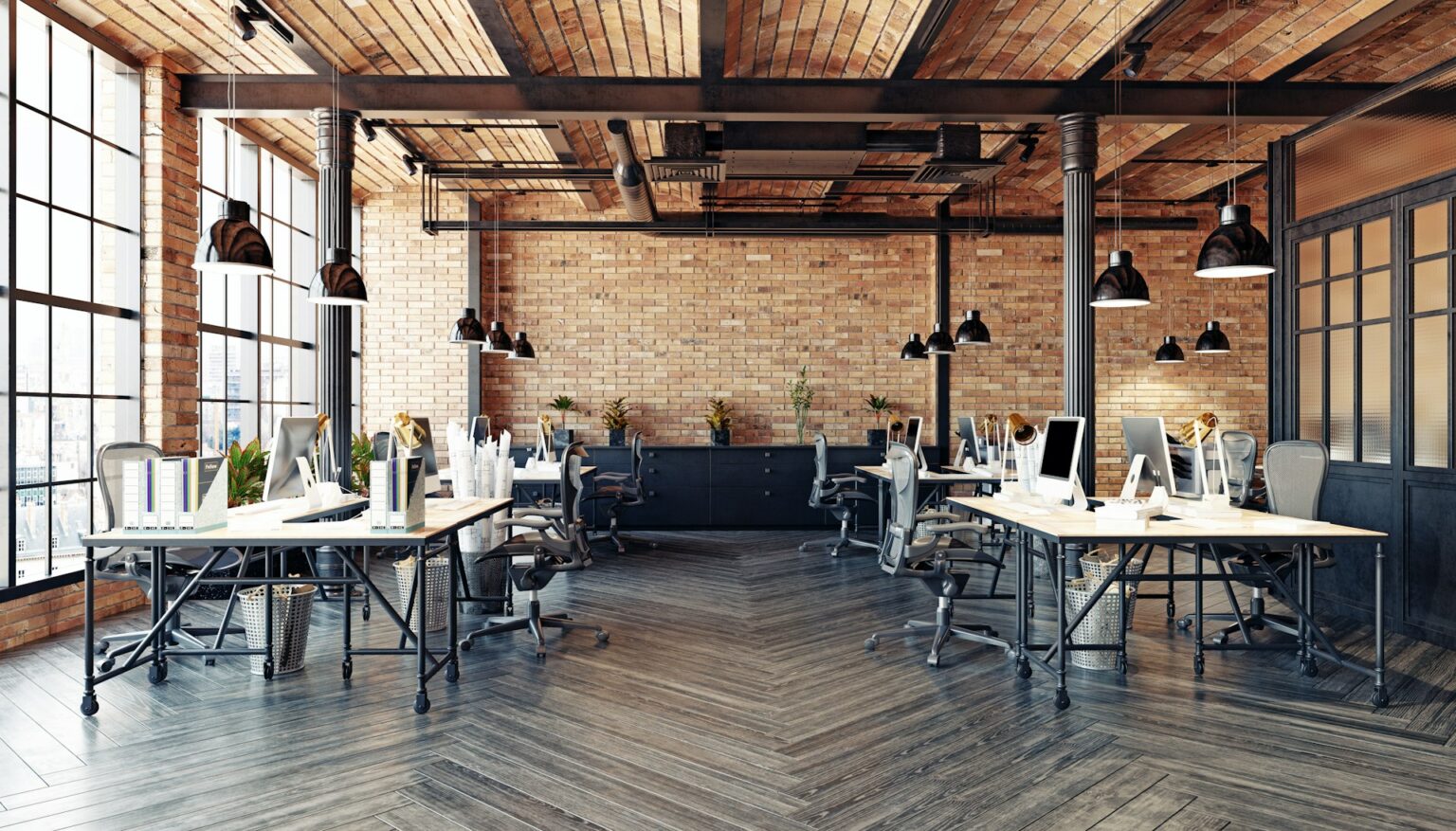Nothing disrupts the comfort of a workspace like the creak of wood floors echoing with every step. Whether you’re holding a meeting or walking a client through your space, that awkward squeak underfoot can take away from the professional environment you’re trying to maintain. Squeaky commercial wood floors are more than just annoying — they can be a sign of deeper issues that might lead to bigger problems down the road.
In a busy workplace, heavy foot traffic and regular cleaning mean your floors are constantly under pressure. Addressing squeaks early helps you avoid tripping hazards and keeps your commercial space looking and sounding the way it should. Let’s look into why those squeaks happen and what you can do about them, especially as we head into fall when colder, drier air can make the issue worse.
Common Causes of Squeaky Wood Floors
If you’ve ever noticed that your floors seem to groan more during colder months, you’re not imagining it. In Omaha, October brings temperature swings and lower humidity levels, both of which affect wood flooring. Squeaks usually start when parts of the floor rub against each other or create empty gaps that allow movement. Over time, that movement turns into noise.
Here are the usual culprits:
1. Changes in moisture: When the air gets drier, wood contracts. Gaps form between boards or between the floor and its subfloor, and that movement makes room for squeaking.
2. Worn-out fasteners: Nails or screws that have loosened over time no longer hold the floorboards tightly in place.
3. Gaps in the subfloor: If the subfloor under the hardwood isn’t stable, it allows too much flex in the boards above.
4. Heavy foot traffic: Office chairs, rolling carts, and constant walking can break down nails and pressure joints, especially in high-use areas like hallways or lobbies.
Picture a busy office where a desk chair rolls back and forth between different stations all day. That motion might seem harmless at first, but after a few months or years, it can loosen the fasteners in that part of the floor. Before you know it, there’s a spot near the printer that announces everyone’s arrival well before they speak.
Understanding why the noise is happening is the first step. Once you get a handle on that, it’s easier to know whether you need a quick touch-up or something more involved.
Quick Fixes for Minor Squeaks
Sometimes, squeaky floors are more of an irritation than a structural concern. If you’re looking for short-term relief—maybe while waiting for a full flooring appointment—there are a few simple things you can try.
1. Talcum powder or powdered graphite: Sprinkle a small amount between squeaky boards to act as a dry lubricant. This can help reduce the wood-on-wood friction that causes noise.
2. Shims: Slide a thin shim into any visible gap between the floor and subfloor to reduce movement.
3. Screw reinforcement: For squeaks caused by loose nails, sometimes adding a screw from below (if accessible from a crawlspace or basement) can help pin the board in place temporarily.
These aren’t long-lasting solutions, but they work well in shared areas where silence is golden. Just remember that using the wrong material or too much pressure can make the problem worse if you’re not careful.
If squeaks keep coming back, that’s usually a sign there’s a deeper problem hiding underfoot. A complete floor fix might be the better way to go.
Long-Term Solutions for Squeaky Floors
Quick fixes can buy time, but if you want long-lasting results, it’s time to think about more permanent repair methods. Squeaky commercial wood floors often need more than just powder or shims. When deeper issues like loose subfloor sections or aging fasteners are the root cause, surface treatments won’t hold up.
Businesses in Omaha dealing with this over the long haul usually require structural corrections such as:
1. Re-nailing or adding screws through the boards to pull them firmly back in place.
2. Installing adhesive between the subfloor and joists to stabilize floor movement.
3. Replacing sections of the subfloor when warping or water damage is to blame.
4. Adding bridging or blocking between joists for better structural support beneath the floor.
A floor that flexes every time someone walks over it will continue to make noise, even with temporary patch jobs. That’s why it’s important to assess not just the finish of the floor but also what’s going on underneath. In some cases, what appears to be a small squeak is an early signal of wider wear patterns throughout the area.
In many commercial spaces, traffic doesn’t slow down. Think of a waiting room or a main hallway that sees constant foot traffic from open to close. If those walkways have hidden damage, replacing or professionally restoring them can prevent further disruption and help you avoid repeated repairs.
Preventive Measures to Keep Floors Quiet
Staying ahead of squeaks is often easier than correcting damage once it’s done. With the dry Omaha fall rolling in, this is a good time to check your flooring condition before winter lowers humidity even more.
Here are a few ways to keep your commercial wood floors in good shape:
1. Stay on top of indoor humidity levels. Dry air causes shrinking. Using commercial-grade humidifiers can help maintain consistent moisture in the flooring.
2. Keep heavy furniture and equipment from being dragged across wooden surfaces. Use protective pads under office furniture, and make rolling items travel smoother paths.
3. Schedule routine floor checks, especially after seasonal changes. This helps catch early signs of squeaks or movement before they spread.
4. Hire a professional team for wood flooring installation or replacement to make sure boards are securely fastened and laid over a properly prepped subfloor.
When a floor is put in correctly from the start, it’s far less likely to move or flex under pressure later. And when routine upkeep is in place, problems like loose boards or hidden subfloor gaps get noticed before they grow.
Keep Your Floor Quiet and Workday Smooth
A quiet floor might not seem like a big deal at first, but in a commercial setting, it plays a bigger role than many think. Discreet flooring lets teams stay focused, keeps client-facing areas polished, and helps avoid distracting background noise in shared spaces.
Whether you’re dealing with a minor squeak or a larger flooring concern in your Omaha space, knowing the signs, fixes, and preventive steps can make a big difference. Little adjustments today save bigger repairs tomorrow and create a smoother, more comfortable workspace for everyone who walks through your doors.
Ensure smoother, quieter floors for your Omaha business with professional help. Whether it’s quick repairs or scheduled upkeep, trust the experts in wood flooring installation in Omaha to handle your commercial space with care. At Floors Inc., we’ve got the experience to keep your workdays peaceful and productive.


